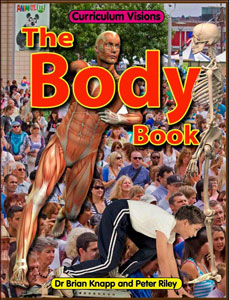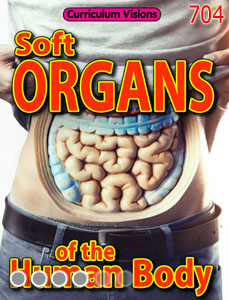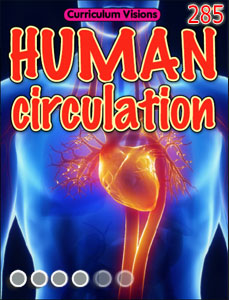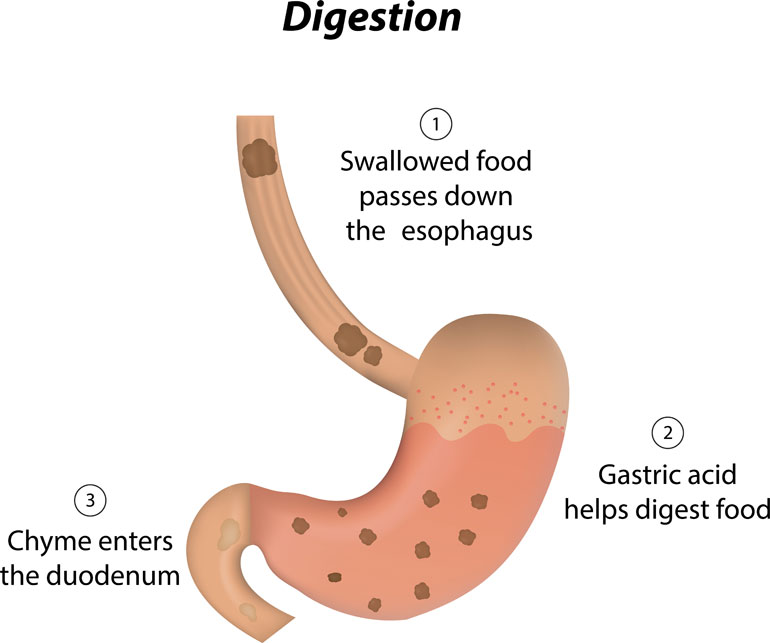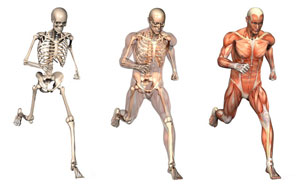Your stomach is in the middle part of your body towards the left.
It is a big hollow bag, which you might compare to the main bag in a bagpipes. It takes in food from the gullet through a long tube (the esophagus) and sends processed food down to the guts (the intestines). It works on the food by chemical means. The walls of the stomach release very strong acids, and also special substances called enzymes that speed up the breakdown.
Valves at the top and the bottom of the stomach keep the contents inside, preventing it from rising back up the gullet, for example (unless you are sick and vomit). It also stops too much food entering the guts. As a result of this, when you have eaten enough food, the stomach nerves sense it is full and that tells your brain to stop eating.
If you want to know what food in the stomach looks like, then you get a chance to see it whenever you are sick.
But the stomach is far from just a bag. Rather like a washing machine keeps turning over the washing, so muscles in the stomach wall keep turning over the food inside, so that every part gets exposed to the acids and enzymes.
The stomach can change in size. It is small when empty, but as food goes in it swells, like pouring water into a balloon. When empty a grown-up’s stomach holds about 60 ml (apple sized) , but when full it can hold up to 2000ml (2l - nearly football sized).
The stomach releases hydrochloric acid, which kills most bacteria that get past the mouth’s defences. Food is churned by the stomach by contractions of the stomach wall, although you can’t feel any of that happening.
The stomach will digest the food into something that the intestines can handle in an hour or two.
The acids and enzymes in the stomach are called gastric juices.
The stomach pushes food into the small intestine only when the intestine is empty. While the intestine is full and still digesting food, the stomach acts as storage for food. Signals between intestine and stomach tell the lower stomach valve when to open.
The stomach can “taste” food quite independently of the tongue and so send messages to the brain to suggest what kinds of foods are needed by the body.
The walls of the stomach can absorb some materials directly. For example, if the body needs water, it is absorbed by the stomach wall. Medicines like aspirin are also absorbed into the stomach wall (but see also liver).
Stomach diseases include ulcers. These are mostly wounds in the stomach lining caused by bacterial infection.
